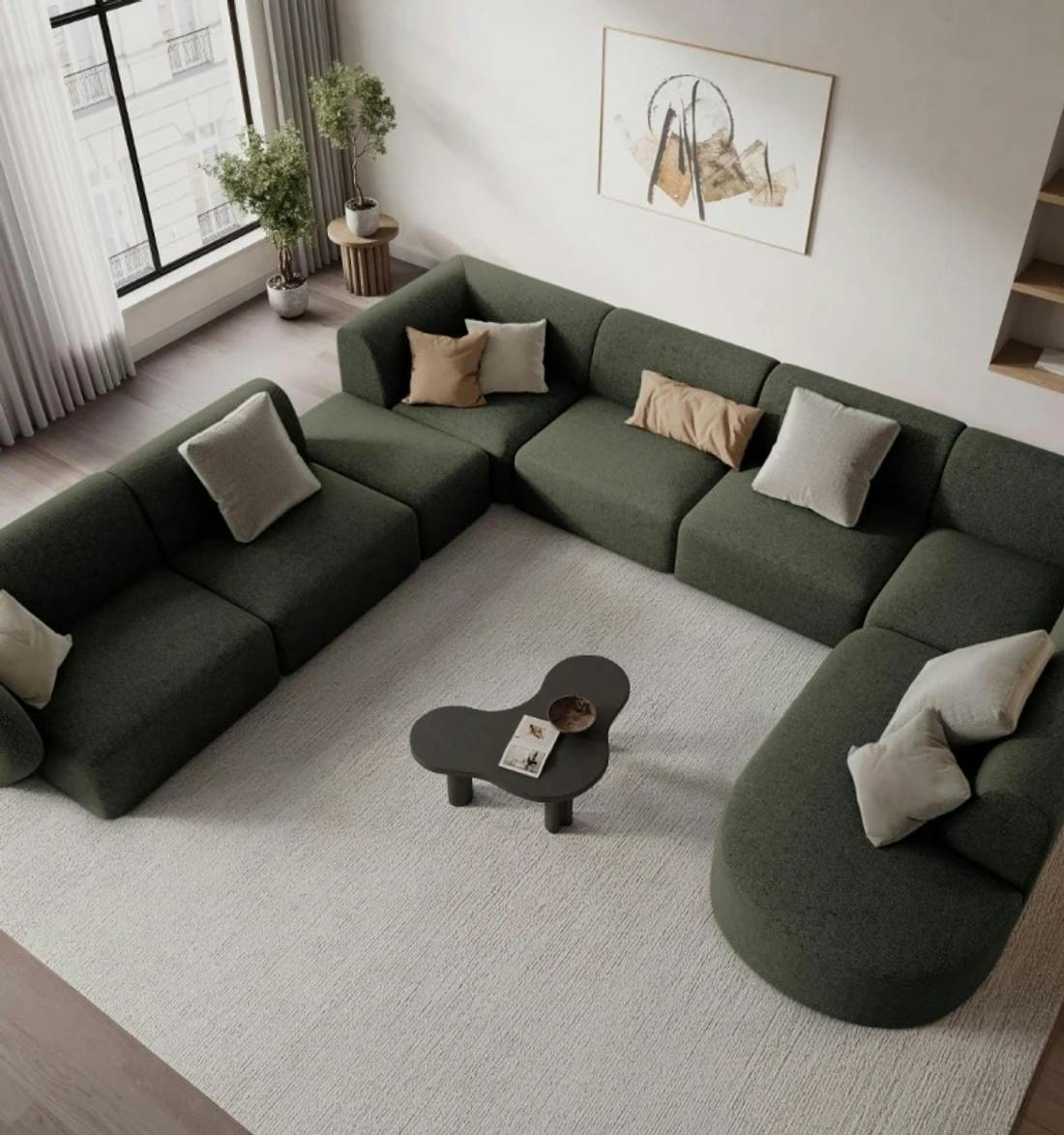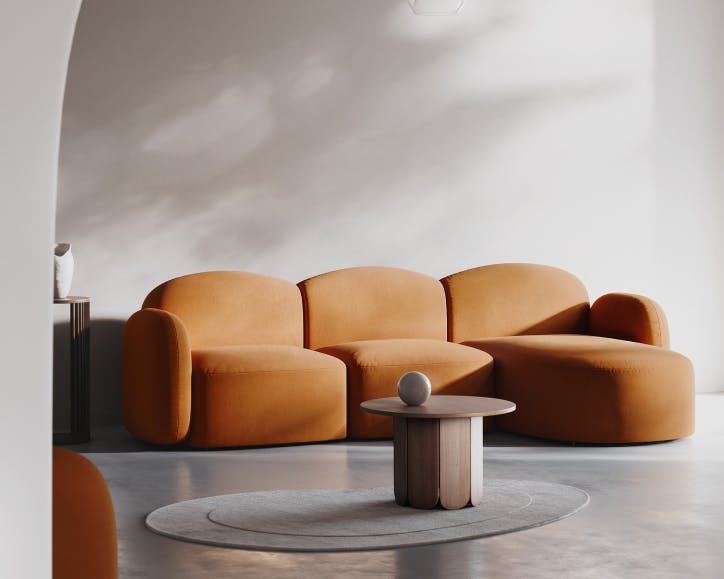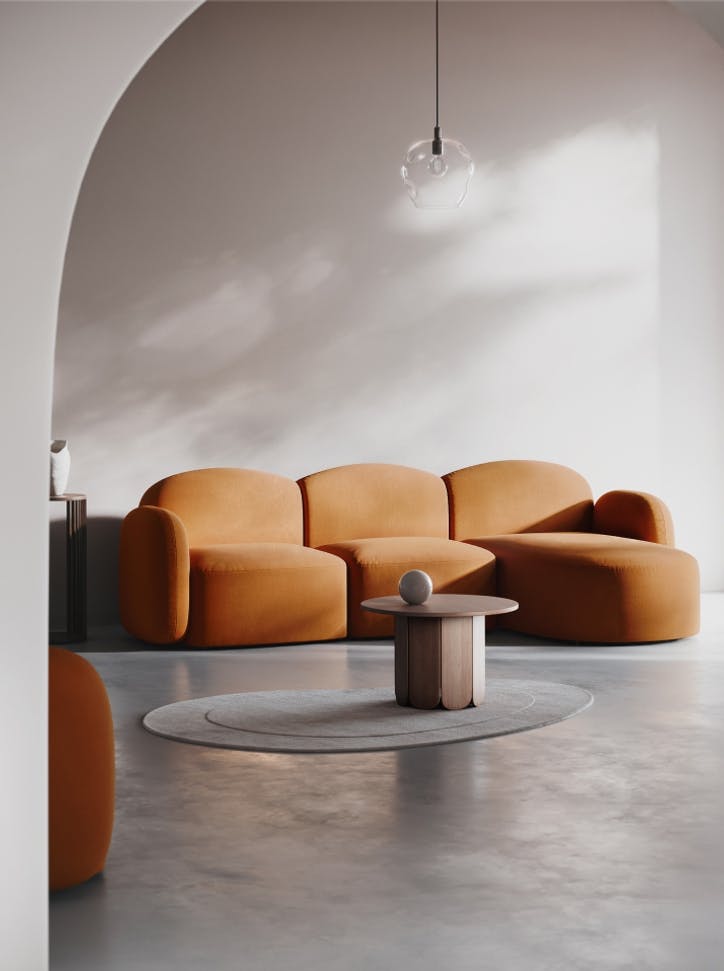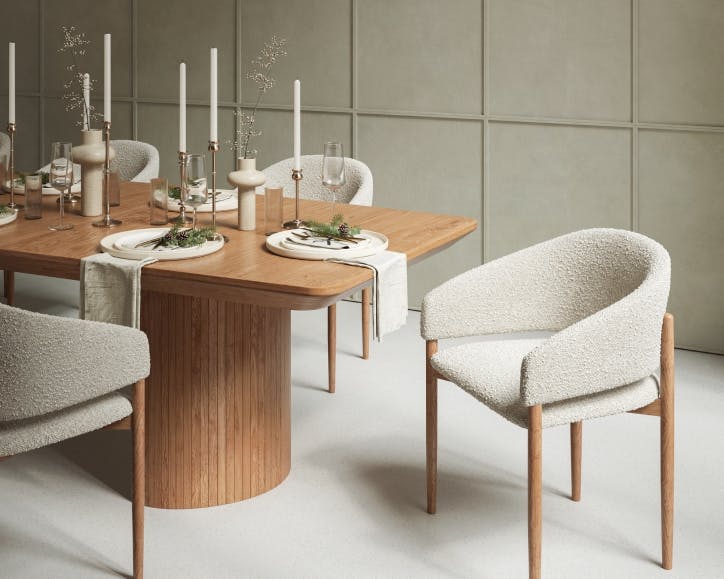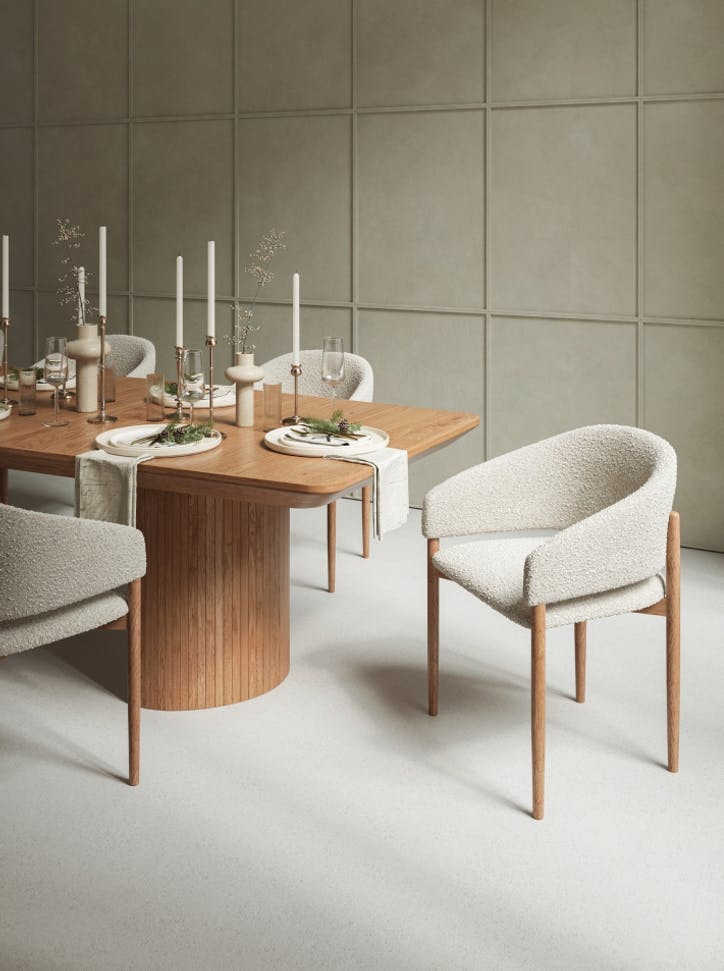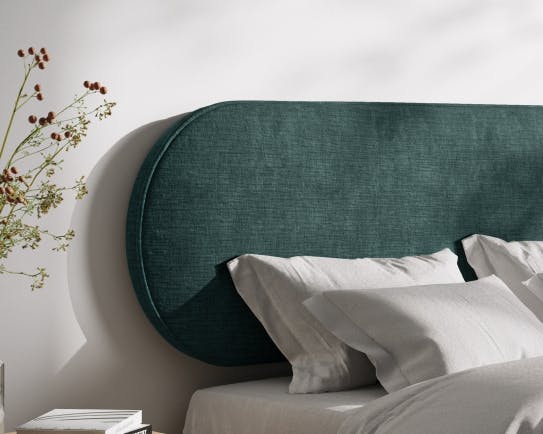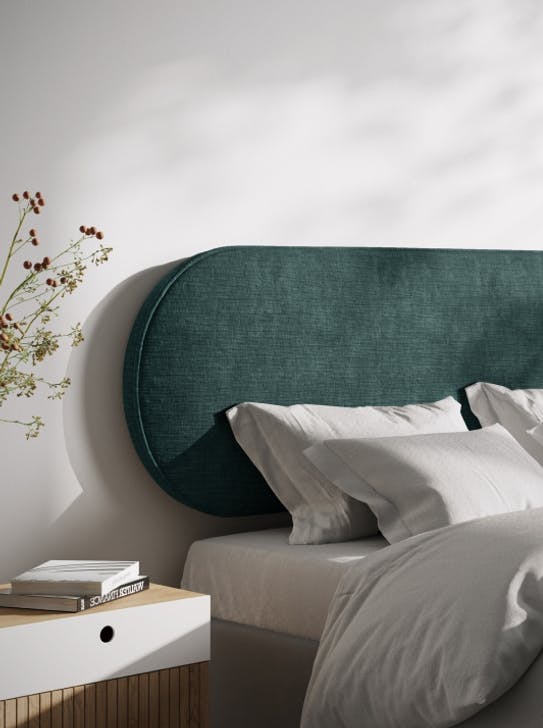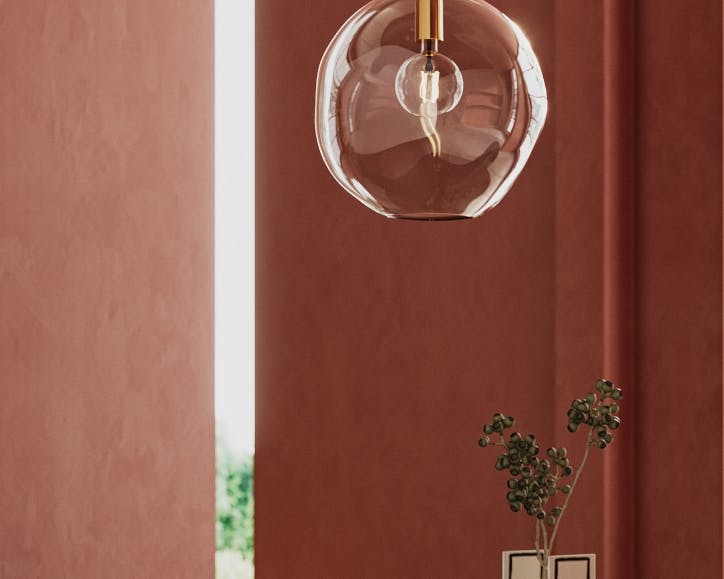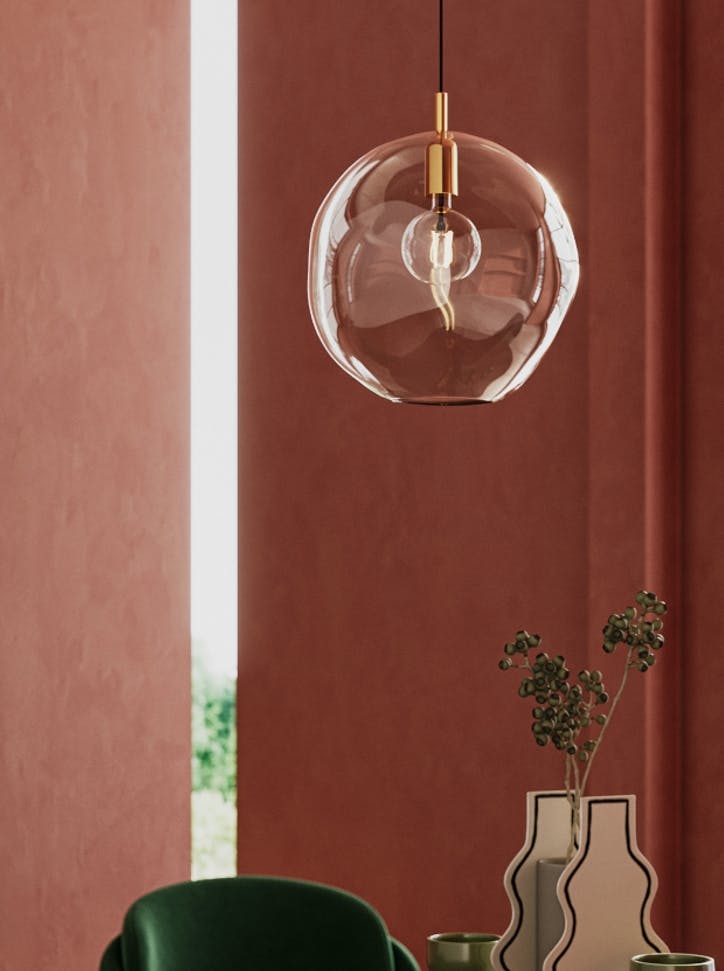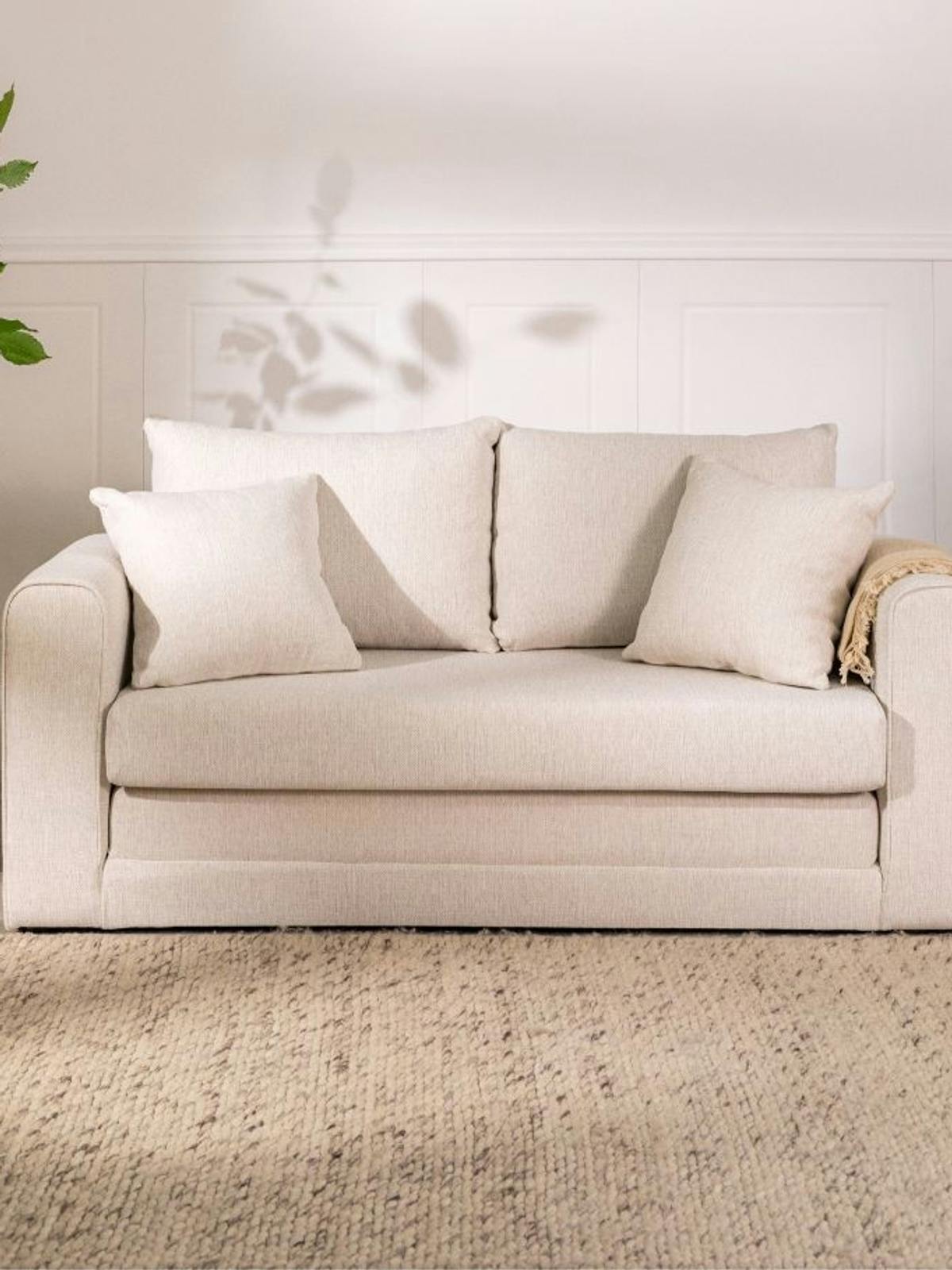
Wabi-Sabi Home Styling: A Guide to Natural Beauty
The Japanese culture fascinates us in many fields, including interior design. If you are tired of perfect, straight-out-of-catalog decorating suggestions, and want to add more authenticity to your life, take a look at the wabi-sabi style. It has plenty of features of minimalism while helping your home to remain cosy and comfortable. In a world striving for perfection, you will begin to appreciate what is modest, imperfect and beautiful at the same time. So how to decorate your home in the wabi-sabi style? We have some valuable and practical tips for you.
What Is Wabi-Sabi?
The wabi-sabi style originated in ancient Japan - from the philosophy of Zen Buddhism and everyday life. What exactly hides behind this name? The word "wabi" is a term for the essence of true beauty, while "sabi" means the passage of time and the acceptance of its flow. Thus, the goal of wabi-sabi is to find beauty in objects that bear traces of the past. It respects their imperfection and authenticity. It is a Japanese value system that has become a style of interior design.
The wabi-sabi fashion is a response to extravagance and an overload of interior decoration. It helps to unwind the excess stimuli, while also being calming, which is especially needed these days.
Wabi-sabi can look very different depending on who you are and what you like. Its imperfection and authenticity are meant to reflect yourself and your household. What matters is your individuality. In doing so, remember not to buy anything until you feel it fits you emotionally.
What are the principles of wabi-sabi?
Wabi-sabi interior design is governed by several key elements. What should you pay attention to?
First of all, the style draws inspiration straight from nature. It appreciates the beauty of imperfect objects and emphasizes their beauty. The interior seems somewhat austere, but it is at the same time orderly and harmonious. All the while, it exudes unique serenity, which promotes tranquillity and relaxation. It facilitates reflection on what is important.
Materials used for decorating and furnishing are mainly natural, such as wood, stone and clay. Imitations, as well as synthetic materials, are inadvisable. Accessories are functional and not limited to a decorative role, because you can store small items in decorative bowls. The form of the vases and candlesticks is devoid of any eccentricities, but they often have asymmetrical and flowing lines.
The colour palette is based on neutral and subdued shades. Earthy hues very often appear on walls, curtains, as well as bedspreads. Expressive colours must have their justification in nature, such as the red of apples or the green of living plants.
The wabi-sabi style does not hide imperfections but highlights them. It uses cracks, scratches, rough edges and organic shapes. The lack of perfectionism manifests itself in old wood with knots and cavities, or ceramics with scuffs or uneven edges. Exposed bricks, worn-out flooring and even falling plaster are welcome.
Wabi-sabi also appreciates space, where objects have their specific place and their beauty is fully visible. That's why sometimes only one item is needed for decoration: a painting, a sculpture, a large ceramic vessel or a vase with a branch. It is better to have fewer of them but to have them be more durable and of better quality.
How can I make my home wabi-sabi – practical tips
The most interesting thing about wabi-sabi is that it starts with a small change in the mindset. You don't have to do a full renovation right away. Nor would it be the best idea to buy more gadgets to replace the ones you already have. This path is completely incompatible with the wabi-sabi philosophy. Start by getting rid of things that don't serve you, are empty and artificial. Accept the imperfections in your home, and appreciate what you have. Then slowly, as you need, introduce new items in the spirit of wabi-sabi. Perhaps get something, barter, find and refurbish? It has to be a thoughtful process, and the interior has to grow with you. So how do you go about it?
Raw, unfinished wood
The basis of wabi-sabi decor is aged wood, especially that with lots of knots. A wabi-sabi living room can feature a dining room table, stool or coffee table made of this type of material. You can also use raw but lightly sanded boards (they don't have to be new) to enclose a bathtub or use them as a console top.
Handmade ceramics
Ceramics perfectly reflect the wabi-sabi philosophy. You can see in it the uniqueness of each piece, the imperfection of details, sometimes errors in glazing and colouring, uneven edges and roughness of the surface. Pay attention to the art of kintsugi, that is, glueing porcelain with lacquer and highlighting the joint area with gold paint. How about repairing a broken vase in this way? You will gain a unique item in your collection.
Naturally textured wall
Wallpaper allows you to instantly change the character of the interior. You can put it on just one wall, and paint the rest white. Its pattern can imitate the natural texture of old plaster. If you like colour, you can use it on one of the surfaces to create contrasts. Always choose natural shades, such as dark grey, olive green or beige. Don't be afraid of roughness and unevenness.
Bedding and textiles made from natural materials
Raw linen and cotton are the best materials to use in a wabi-sabi bedroom. They have a warm, homey vibe. For curtains, try using a softer batiste to let in natural light. Linen creases easily and that's its charm, so don't worry about ironing.
Floral decorations
A single field of a flower is better than a perfect bouquet of white roses - this is the essence of wabi-sabi. The branches found during a walk are also beautiful: in winter - birch, in early spring – ones with the first leaves. In traditional wabi-sabi, dry, woody plants are used more often than natural greenery. But in your home, you make the rules, so it can be as green as you like.
Minimalistic furniture
Wabi-sabi furniture is wooden, preferably made of natural material, simple, devoid of unnecessary embellishments and rather low. Many of them have a rustic feel, and their shapes are not always symmetrical. Sofas have soft, minimalist silhouettes and clear functions. You will find these qualities in the Lido sofa, which stands out for its simplicity and practicality: it takes up little space and you can unfold it for sleeping.
Fix, instead of buying new
It is always a good idea to choose vintage, recycled or handmade furniture, and avoid mass production. This is perfectly in line with the environmental trend, which focuses on repairing rather than throwing away. It's also very important to make thoughtful purchases to avoid accumulating excess items.
A wabi-sabi home will give you a rest from the obsessive pursuit of perfection. Take a break and allow certain things to remain non-perfect. Who cares if the bed is unmade or there are some crumbs left on the table? Brew a pot of green tea and relax under your favourite blanket. This is the moment to focus the time you have just for yourself. Admire the details, discover the beauty, and most of all - enjoy yourself.
How Can I Make My Home Wabi-Sabi – Practical Tips
The most interesting thing about wabi-sabi is that it starts with a small change in the mindset. You don't have to do a full renovation right away. Nor would it be the best idea to buy more gadgets to replace the ones you already have. This path is completely incompatible with the wabi-sabi philosophy. Start by getting rid of things that don't serve you, are empty and artificial. Accept the imperfections in your home, and appreciate what you have. Then slowly, as you need, introduce new items in the spirit of wabi-sabi. Perhaps get something, barter, find and refurbish? It has to be a thoughtful process, and the interior has to grow with you. So how do you go about it?
Raw, Unfinished Wood
The basis of wabi-sabi decor is aged wood, especially that with lots of knots. A wabi-sabi living room can feature a dining room table, stool or coffee table made of this type of material. You can also use raw but lightly sanded boards (they don't have to be new) to enclose a bathtub or use them as a console top.
Handmade ceramics
Ceramics perfectly reflect the wabi-sabi philosophy. You can see in it the uniqueness of each piece, the imperfection of details, sometimes errors in glazing and colouring, uneven edges and roughness of the surface. Pay attention to the art of kintsugi, that is, glueing porcelain with lacquer and highlighting the joint area with gold paint. How about repairing a broken vase in this way? You will gain a unique item in your collection.
Naturally Textured Wall
Wallpaper allows you to instantly change the character of the interior. You can put it on just one wall, and paint the rest white. Its pattern can imitate the natural texture of old plaster. If you like colour, you can use it on one of the surfaces to create contrasts. Always choose natural shades, such as dark grey, olive green or beige. Don't be afraid of roughness and unevenness.
Bedding and Textiles Made From Natural Materials
Raw linen and cotton are the best materials to use in a wabi-sabi bedroom. They have a warm, homey vibe. For curtains, try using a softer batiste to let in natural light. Linen creases easily and that's its charm, so don't worry about ironing.
Floral Decorations
A single field of a flower is better than a perfect bouquet of white roses - this is the essence of wabi-sabi. The branches found during a walk are also beautiful: in winter - birch, in early spring – ones with the first leaves. In traditional wabi-sabi, dry, woody plants are used more often than natural greenery. But in your home, you make the rules, so it can be as green as you like.
Minimalistic Furniture
Wabi-sabi furniture is wooden, preferably made of natural material, simple, devoid of unnecessary embellishments and rather low. Many of them have a rustic feel, and their shapes are not always symmetrical. Sofas have soft, minimalist silhouettes and clear functions. You will find these qualities in the Lido sofa, which stands out for its simplicity and practicality: it takes up little space and you can unfold it for sleeping.
Fix, Instead of Buying New
It is always a good idea to choose vintage, recycled or handmade furniture, and avoid mass production. This is perfectly in line with the environmental trend, which focuses on repairing rather than throwing away. It's also very important to make thoughtful purchases to avoid accumulating excess items.A wabi-sabi home will give you a rest from the obsessive pursuit of perfection. Take a break and allow certain things to remain non-perfect. Who cares if the bed is unmade or there are some crumbs left on the table? Brew a pot of green tea and relax under your favorite blanket. This is the moment to focus the time you have just for yourself. Admire the details, discover the beauty, and most of all - enjoy yourself.
Magazine edition
Exclusive Micadoni magazineCreating The Perfect Sleep Environment: Essential Bedroom Design Tips
A good night’s sleep is essential to our overall health and well-being. From improved cognitive functioning to better cardiovascular health, getting quality rest can help us stay energized and focused...
Bedroom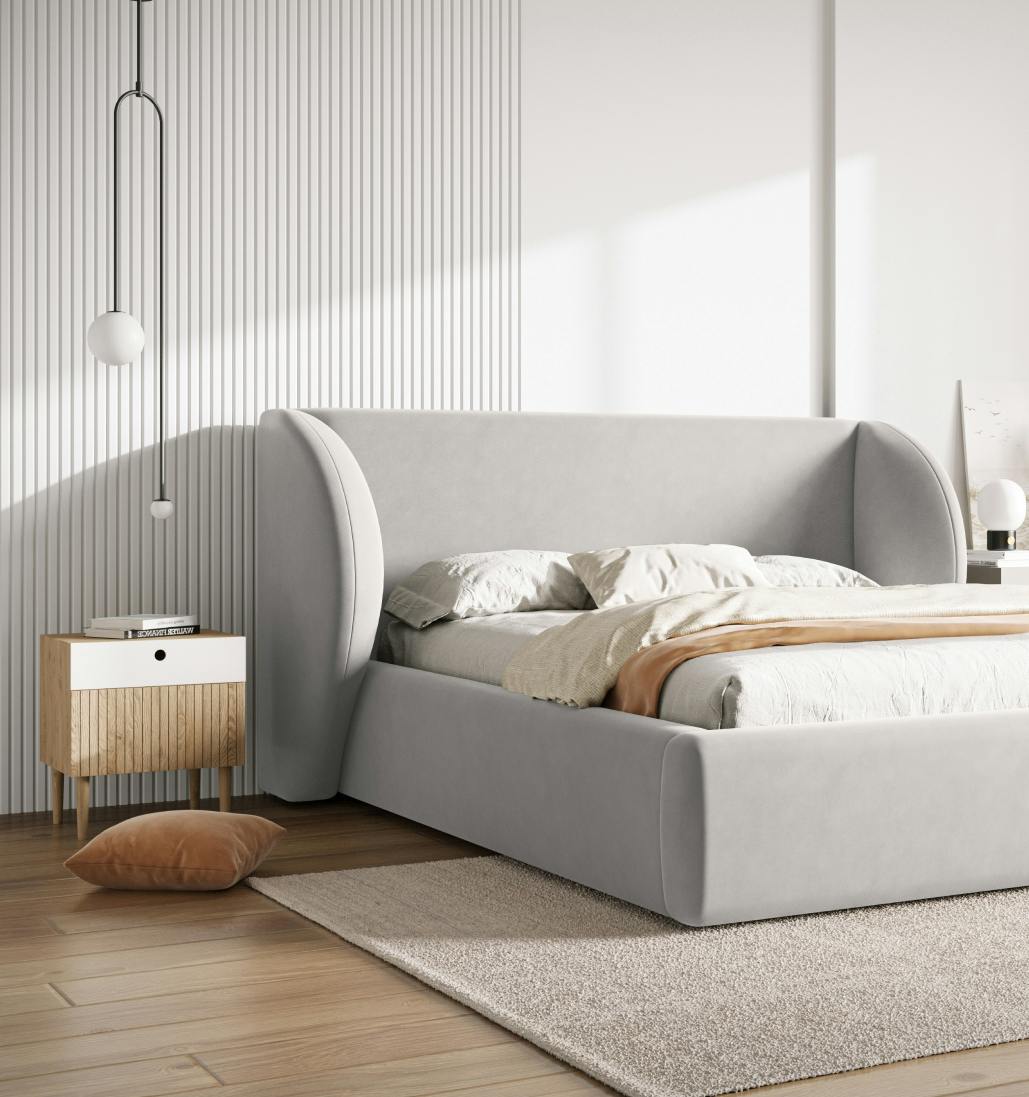
How To Stylishly Furnish Your Home In 2024: Top Interior Design Trends
Are you looking to furnish your home in 2024 stylishly? Dive into this guide for the latest interior design trends, decor tips, and expert advice to make your home a testament to modern elegance and c...
Interior Trends